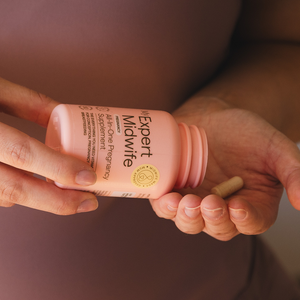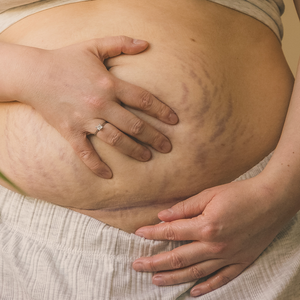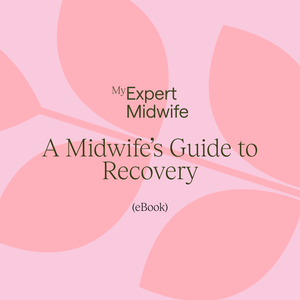Does your baby feed for ages, or more frequently than you think she should?
Does your baby take a bottle even after he’s already had a long breastfeed?
If you pump, do you struggle to get much milk out?
If you can say yes to one or more of these questions do you have low milk supply? Probably not!
All of these, and many other common concerns, are usually not caused by low milk supply. However, they can sometimes be related to insufficient milk transfer.
Insufficient milk transfer or low milk supply?
It is really important in the early days and weeks of breastfeeding that babies are fed frequently and as often as they ask, rather than to a schedule.
It’s also really important that babies are latched well to the breast. A less than optimal latch will make it harder for your baby to get the milk out, which is tiring for them. In this case, they may drop off and fall asleep but wake as soon as they’re put down or want to feed again after a short time. Babies may often seem to be hungry and unsatisfied. This is because they are! But not because we don’t have enough milk. It’s because the baby isn’t taking in enough of the milk that we have for them.
Our bodies judge how much milk to make based on how much milk is extracted from the breast. If the baby isn’t getting quite enough milk out due to a poor latch, less milk out means less milk made. So, insufficient milk transfer can lead to low milk supply.
For this reason, it’s important to try to ensure that:
- You have a good, deep latch
- You feed your baby as they ask for it, every time they ask
If you have any soreness or nipple damage this is a sign of a poor latch even if someone says the latch looks ok.
Of course, insufficient milk transfer is still a problem because it still means that the baby isn’t getting enough milk for their needs. The important thing is that insufficient milk transfer can usually be resolved by:
- Improving the latch so the milk flows more easily
- Feeding more often and, if possible, for longer
We normally feed from one breast and then offer the second. After the baby comes off the second breast you can offer the first again, and keep swapping like this until they eventually stop. This is particularly helpful when babies are cluster feeding, which often happens in the evening and is where babies just want to be fed for several hours without a break.
So why does my baby never want to be put down?
Thousands of years ago, babies who were put down would have been eaten by wolves or bears, so the ones which survived were those who would always cry when they were left alone. Babies born now don’t know there’s no wolves or bears in our homes and they still have that instinct to need to be close to us. This has nothing to do with milk supply, it’s normal baby behaviour.
Why would my baby take a bottle after a breastfeed if I’m producing enough milk?
It’s not possible for babies to control the flow of milk from a bottle. So, as the milk flows from the bottle, they have no option but to keep drinking it, otherwise they would choke.
What about oats and fenugreek?
Some foods are considered to be galactagogues, which means a food or drug which may increase milk supply. It is really hard to scientifically study whether natural galactagogues work and what research has been done is of very poor quality. That said, many women do feel that foods like oats and fenugreek help and, for most natural galactagogues, it’s unlikely to be any harm in trying them.
Drugs such as domperidone do have some evidence of effectiveness but they also have potentially serious side effects, which means that they can only be prescribed by a doctor.
In summary
Most of the signs which people think are caused by low milk supply are, actually, normal baby behaviours. In few cases, these signs may indicate that the baby isn’t getting enough milk. Yet, in most cases, they aren’t caused by low supply: the milk is there, it’s just not being transferred to the baby well enough.
The single best way to resolve insufficient milk transfer is to make sure that the latch is really good – and you may need to seek specialist help for this – and to feed frequently (whenever your baby asks) and for as long as your baby wants to. The good news is that, if there is a problem with low milk supply, doing this can also increase your supply in most cases.
If you are concerned about low milk supply, insufficient milk transfer or any other aspect of feeding your baby you can contact the National Breastfeeding Helpline which is run by certified, experienced breastfeeding counsellors.


















